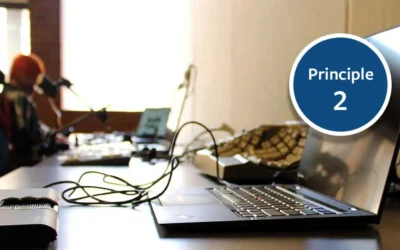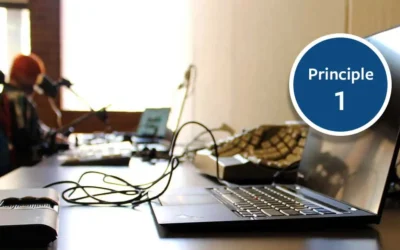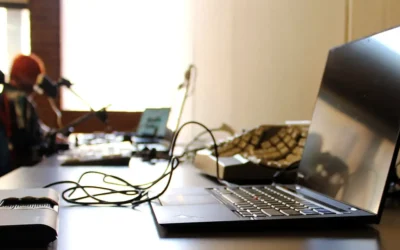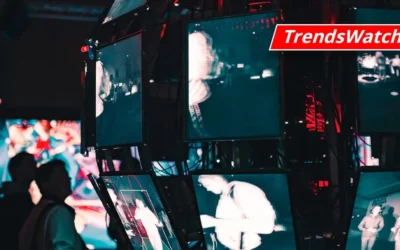Museum Digital Projects: Tool Challenges

Rachael Cristine Woody
Continuing our follow up to the “Ask Me Anything: Museum Digital Projects” webinar, this post will address questions we received subsequently in order to provide additional insight, strategies, and resources.
We received several excellent questions after the deadline and have decided to include them in this series. Our thanks to everyone who sent in questions! Your participation helps us to craft future content that is of the most use to you, our colleagues.
Today’s Post
Today’s post will focus on questions related to museum digital tool challenges specifically: those relating to the Collections Management System (CMS).
Q. We don’t have a CMS. Do we need one if we just want to put items online? And the similar question: Q. We have a CMS that doesn’t have a frontend. Do you have any recommendations for a not-too-expensive way to post collection items online?
If the need is focused on making items available online, there are some creative ways to use existing platforms for free to low cost. For example:
- Website (with CMS connection, if possible)
- WordPress (or similar) free to low-cost website builders
- Flickr, Permanent.org, Pinterest, and other free to low cost “text with visual” platforms
- YouTube, Vimeo, or similar platforms for audio-visual materials
For more information, inspiration, and real-life examples from our museum peers, please check out my webinars: Digital Project Fundamentals, The CMS: What’s Essential, What’s Hackable, and What Does it Cost?, and The Essentials for a Discoverable Digital Collection, available via the Rachael Cristine Consulting YouTube Channel.
Q. My boss wants us to use open source because it’s free and I don’t even know where to begin. What advice do you have for picking an open-source product?
It depends on what your goals are. Typically, museums will require a tool to digitally capture a collection item and a system to record item data.
Essentially, you’ll still need to go through all of the procurement steps you would go through if purchasing a proprietary CMS. In summary those are:
- Identify required functionality
- Identify desirable features (but not deal breakers)
- Create a prioritized set of criteria based on your requirements
- Research your options and create a short list for you to perform further vetting
- Compare each contender to the criteria set and score the options
For a more in-depth look at each of the procurement phases, please view my webinar How to Select, Buy, and Use the Right CMS for Your Museum.
An added consideration for an open source CMS is: Does the museum possess the expertise needed to successfully implement, configure, and maintain an open source product? This part of the work is often forgotten or not taken into account and unfortunately I’ve seen many clients fail to successfully get an open source product up and running—often wasting months of effort.
This is a complex topic with many considerations. Please watch my webinar Open to Open Source (available via the Rachael Cristine Consulting YouTube Channel) for more details on what to know when considering open source and resources to use along the way.
Conclusion
Regardless of whether it’s simply “putting things online” or implementing an open source CMS, a consideration of the tools we may use and how they may meet our goals is a worth while reflection. The additional implementation work a tool may need, the ease of usability, and potential product longevity are all factors to be considered. Even if the product is “free”—our labors are not.

Rachael Cristine Woody
Rachael Woody advises on museum strategies, digital museums, collections management, and grant writing for a wide variety of clients. She has authored several titles published by Lucidea Press, including her newest: Museum Digital Projects and You. Where to Begin? Rachael is a regular contributor to the Think Clearly blog and an always popular presenter.
Similar Posts
Museum Collections Online with Accessibility Principle 2: Operable
Compliance with WCAG Version 2.1 Principle 2: Operable
Museum Collections Online with Accessibility Principle 1: Perceivable
Compliance with WCAG Version 2.1 Principle 1: Perceivable, affecting information published from museum CMS to an online portal; expert guidance
Accessibility Standards for Museum Collections Online
A museum’s compliance with the ADA Title II 2024 update has benefits for its online content and for the museum’s community of users.
Museum TrendsWatch 2024: Digital Twins and Doom Loops & Combatting the Loneliness Crisis
Digital Twins is the construction of a digital surrogate for a person, place, or thing—one of several new concepts and trends in the museum sector.




Leave a Comment
Comments are reviewed and must adhere to our comments policy.
0 Comments